Suborder Lacertilia Family Chamaeleonidae Scientific name Chamaeleo hoehnelii Higher classification Chamaeleo Order Scaled reptiles | Subphylum Vertebrata Infraorder Iguania Phylum Chordata Rank Species | |
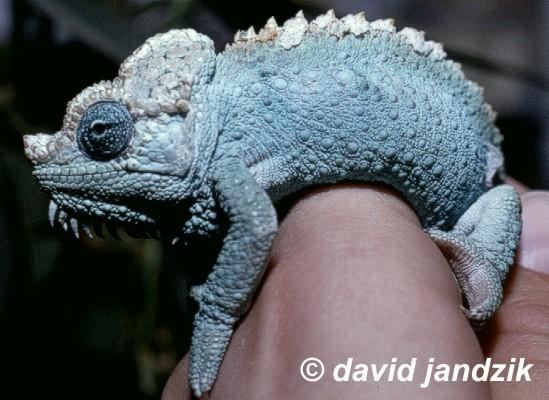 | ||
Similar Chameleons, Trioceros, Chamaeleo, Reptile, Side‑striped chameleon | ||
George the trioceros hoehnelii chameleon
Trioceros hoehnelli, commonly known as von Höhnel's chameleon, and the helmeted or high-casqued chameleon, is a species of chameleon found in eastern Africa, in Kenya and Uganda.
Contents
- George the trioceros hoehnelii chameleon
- Trioceros hoehnelii high casqued chameleon high speed feeding video
- Etymology
- Identification
- Behavior
- References
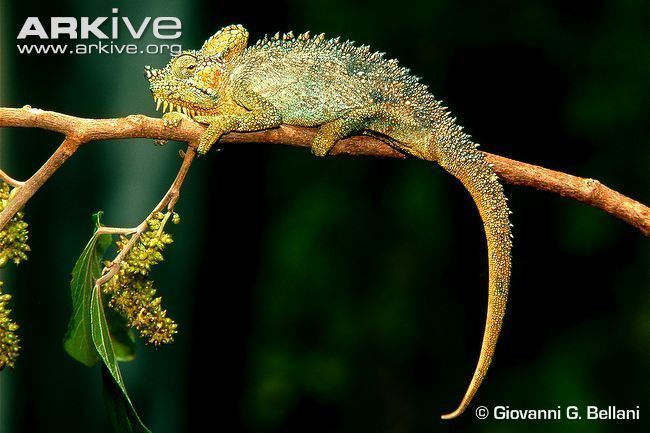
Trioceros hoehnelii high casqued chameleon high speed feeding video
Etymology
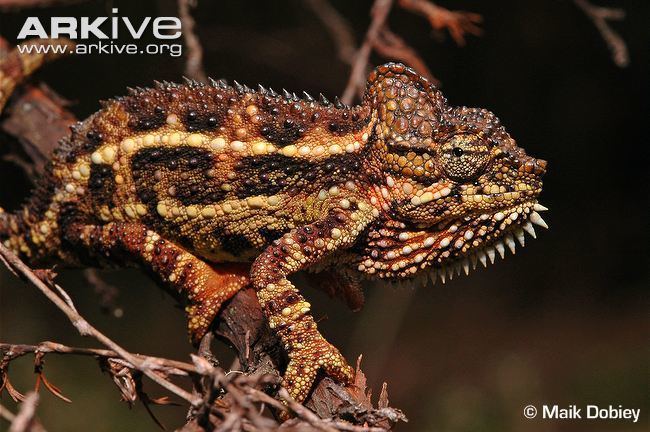
Both the specific name, hoehnelii, and one of the common names, "von Höhnel's chameleon", are in honor of Austrian explorer Ludwig von Höhnel (1857-1942).
Identification
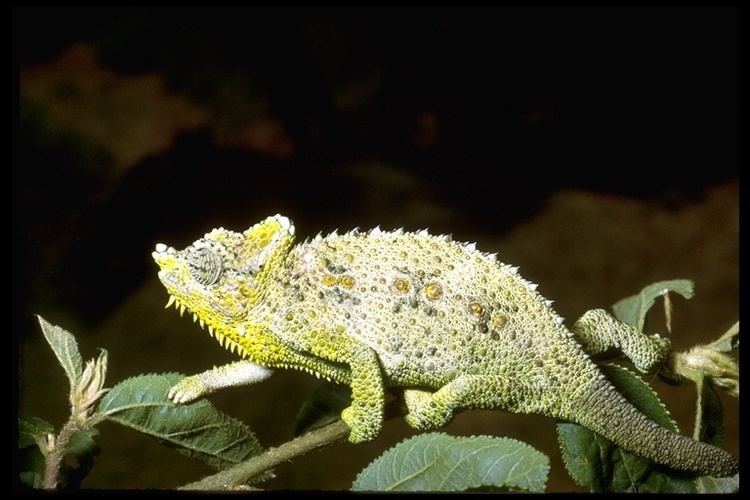
Trioceros hoehnelli is a small to medium-size chameleon, growing up to 10 inches in total length. Coloration is highly variable across its range. During morning hours, it may be seen basking in the sunlight, almost completely black in color to capture heat energy from the sunlight. This species has a single horn on the rostrum, a serrated back crest, and a spiny throat crest. Males are typically larger than females with a larger casque, horn, and enlarged tail base.
Behavior
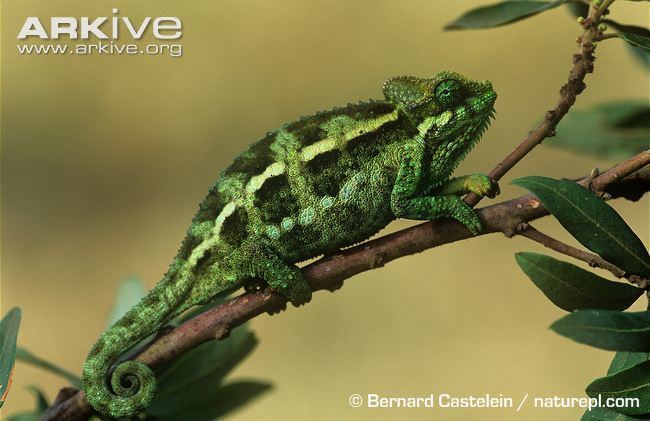
Most chameleons in east Africa tend to be territorial and the high-casqued chameleon is no different. If males are placed together, they will hiss at each other, turn black, and compress their bodies to make them look larger. Dominant males display brightly colored patterns that differ from females or subordinate males, which often persist until they are defeated during a courtship battle.
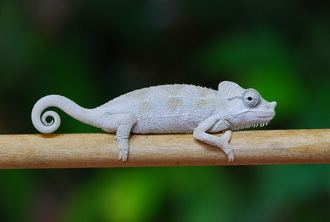
T. hoehnelli forms stable pair bonds during the mating season, which endure throughout the five months of pregnancy. After the birth, the pair usually splits up.
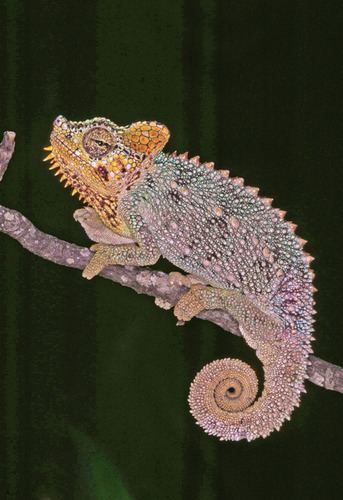
The high-casqued chameleon eats most small insects and spiders, and does so by extending the tongue to capture the prey. It is capable of extending the tongue more than a complete body length.
